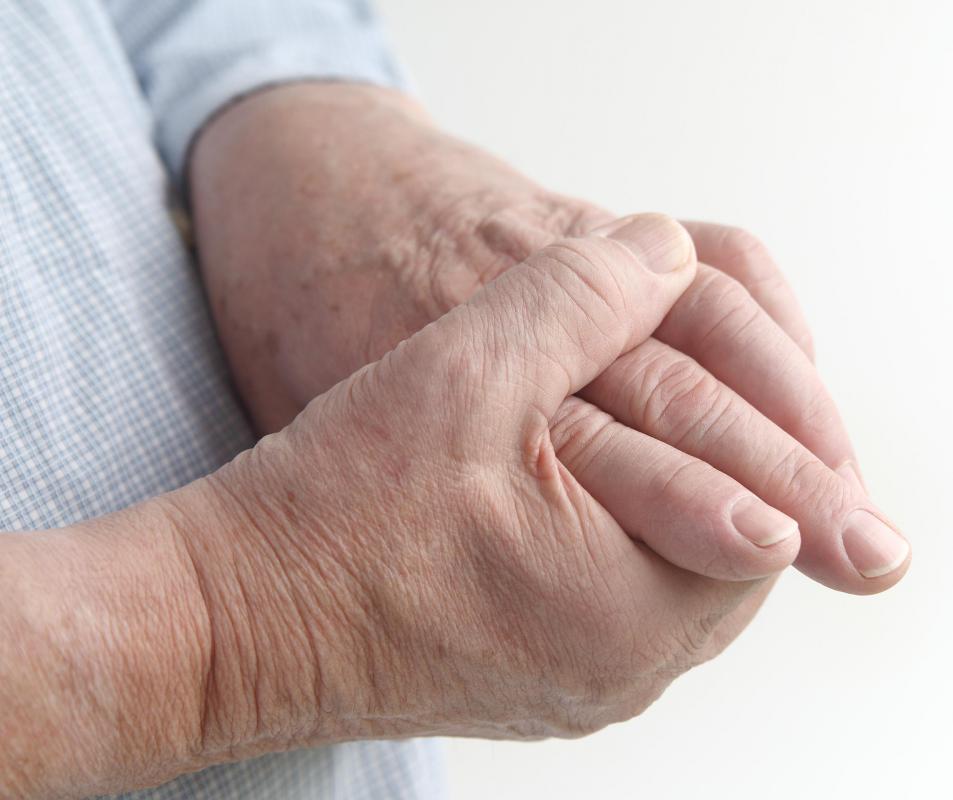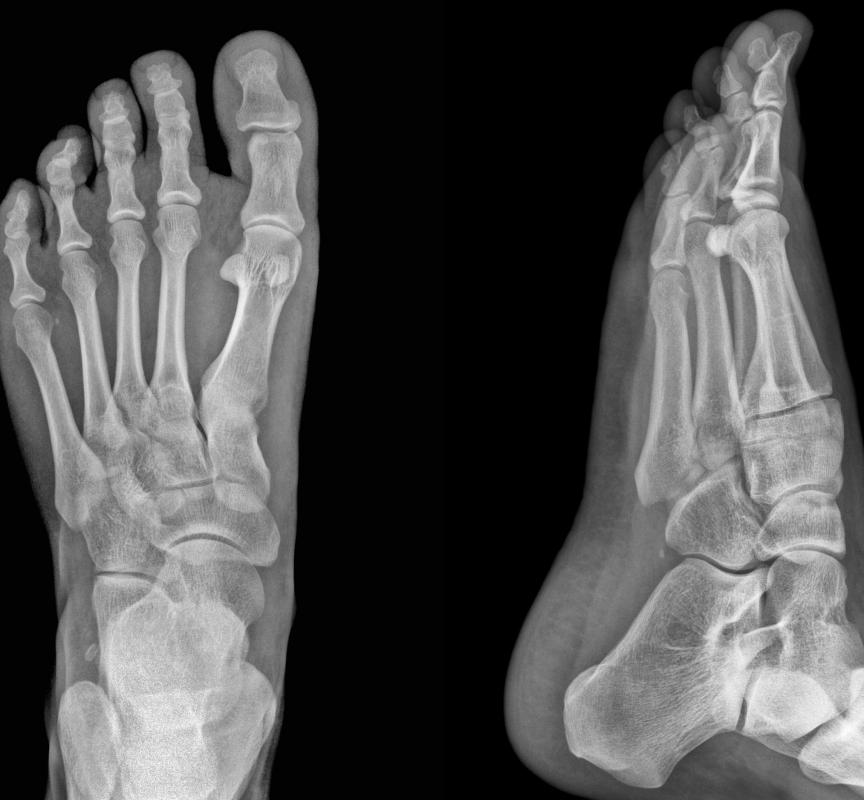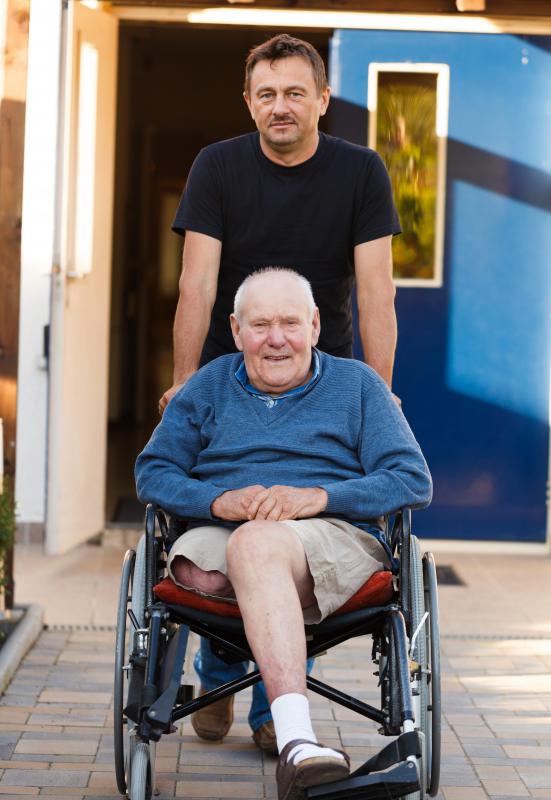At WiseGEEK, we're committed to delivering accurate, trustworthy information. Our expert-authored content is rigorously fact-checked and sourced from credible authorities. Discover how we uphold the highest standards in providing you with reliable knowledge.
What is Charcot Arthropathy?
Charcot arthropathy is a disease of bones and joints where the patient becomes more prone to fractures and dislocations, and may not notice them initially because of surrounding nerve damage, which limits pain signals. Medical practitioners first began to identify this condition in the 1700s. Today, it is most commonly seen in patients with diabetes, particularly patients who have trouble controlling their diabetes. An orthopedic surgeon usually needs to provide treatment, and options can include setting and casting bones, reconstructive surgery, or amputation in extreme cases.
Several mechanisms play a role in the development of Charcot arthropathy. Patients with diabetes can develop peripheral neuropathy, where the nerves incur damage over time, leading to loss of sensation, particularly in the extremities. When people injure themselves, they may not realize it at first because they cannot feel it. This can lead to the development of infections and severe injuries, as the patient does not seek treatment until the condition becomes very noticeable.

Diabetes also tends to cause vascular problems, limiting blood flow. Areas of the body that are not receiving enough blood are more likely to be prone to injury, and heal more slowly. The cells do not receive enough oxygen and nutrients because of the impeded blood flow. In the case of Charcot arthropathy, a condition usually seen in the feet and ankles, the patient develops injuries to the bones and joints, and does not notice because they are not painful. When the injuries do not heal, the patient may eventually experience deformities and have trouble walking.

A doctor can identify the signs of Charcot arthropathy during a physical examination. The patient's joints may appear swollen and distended, and in some cases, sores are present. If the doctor requests an x-ray, she will be able to see if there are displaced and broken bones at the site. The treatment depends on the severity of the deformity and the patient's general condition. Sometimes, it is possible to perform surgery and reconstruct the joint. The patient will need thorough followups to check on healing and to identify recurring damage as early as possible.

In other cases, the damage from Charcot arthropathy is severe or the patient lacks the ability to care for the wound adequately, and a doctor may consider amputation as an option. This is usually a last resort, rather than a recommendation early in the treatment process. Amputation comes with risks, and the patient will need to learn to care for the site, as well as receiving training in how to use a prosthesis for mobility.
AS FEATURED ON:
AS FEATURED ON:
















Discuss this Article
Post your comments